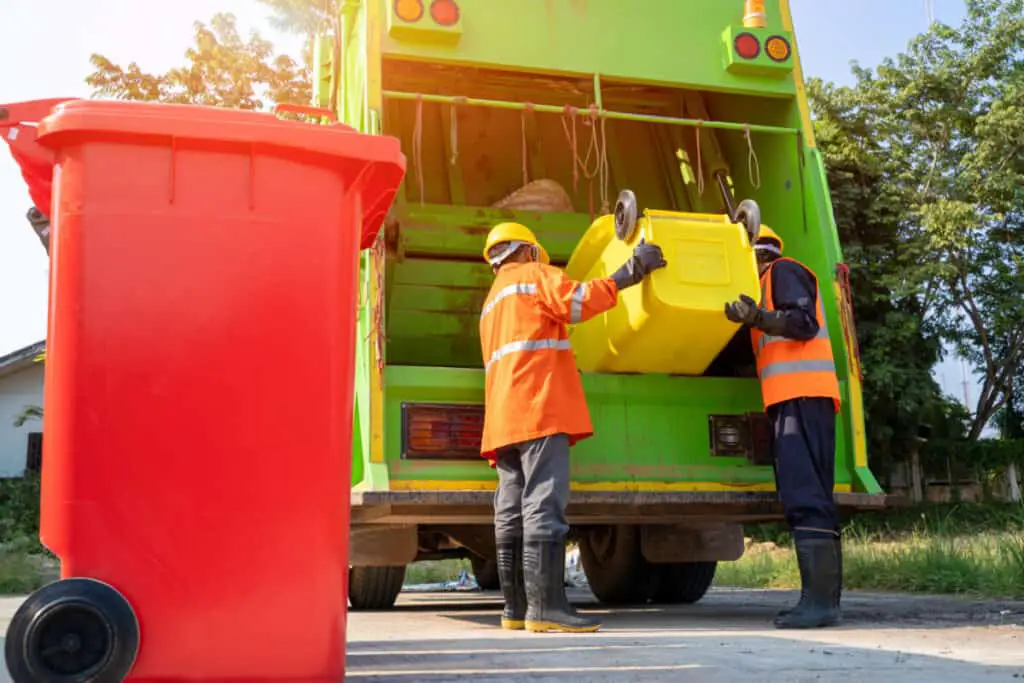
One of the hardest parts of fixing up a home can be cleaning up afterward. With so many different rules for getting rid of different kinds of waste, it’s easy to get mixed up.
1: Furniture
While furniture isn’t hazardous like many of the other things on this list, it’s bulky enough to be hard to get rid of. The primary challenge of getting rid of old furniture is finding a way to get it where it’s going.
To this end, if the piece of furniture is in good condition, you can either sell or donate it. Selling it with other good condition items at a garage sale or on its own as a lot on Craigslist or some equivalent service can be a good option, as in both circumstances it’s on the buyer to actually transport the item.
As for donations, many organizations that will accept used furniture are willing to come pick it up in person. If you don’t want to put in the effort of actually selling it or are having trouble finding a buyer, contacting a thrift store like Goodwill or Deseret Industries or a charity like Habitat for Humanity might be a good option for you.
If your furniture is no longer in a usable condition, you might instead choose to throw it away. Again, old furniture is (usually) not toxic or anything so you can either break it down to its component parts to recycle the pieces or take it to a waste disposal plant.
If you don’t have the capacity to move the piece of furniture because your vehicle is too small, you can either rent a truck or take it apart. If you don’t have a lot of experience taking apart wooden construction you should probably opt for the former, as most furniture uses sharp nails and screws in its construction that can cause surprisingly painful injuries.
That being said, if you have the time to work through it then this might be a cathartic exercise, and it would certainly save money over renting a truck.
2: Electronics
The trouble with electronics is that they contain heavy metals that make it dangerous to simply toss them into a landfill. Because of this, most electronics need to be recycled and can’t simply be thrown away.
When determining the best way to get rid of your old electronics, the first step is to see if they still work. If the thing you’re getting rid of is an old laptop or phone and it can still do its job, even if it isn’t especially nice, you might be able to find someone who can still use it.
Even if it is broken, you might be able to find someone who can take it apart and use the pieces for their own projects. For this purpose, you can put it on craigslist or call a computery person you know who might want it.
Be careful making promises to send electronics in the mail, as some kinds of batteries are restricted for safety reasons when unaccompanied. Basically, make sure you can actually send the thing you’re trying to send.
You may also be able to sell your old computer parts to a computer repair store if they’re still functional. You can find local computer repair stores on Yellow Pages or on Google Maps, and either bring them your old computer in person or call and ask if they might have some use for it.
If you do have to throw away old electronics, many electronic stores have recycling stations where you can get rid of anything from TVs to desktop computers.
Why not mention this earlier? These recycling stations are kind of a mixed bag. Many of them are pretty much a direct conduit for sending hazardous waste to places like Malaysia, Indonesia, or Thailand, which is really bad for the people who have to live in those places.
In order to avoid poisoning children in Southeast Asia, you can look for e-Stewards certified recyclers, who are bound by their certification to not send their toxic waste out of their own countries. e-Stewards has an easy-to-use website to help you find ethical recycling options, but what it tells you might not be convenient.
If there isn’t anyone near where you live who will recycle your electronics, you may not have any other option but to drop them off somewhere that isn’t certified.
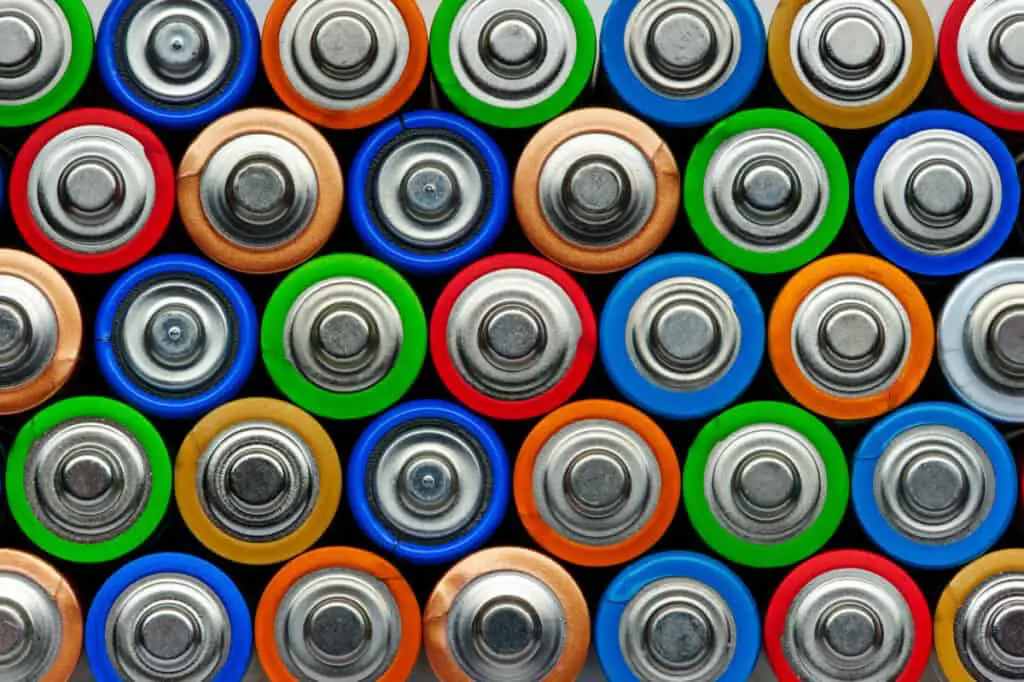
3: Batteries
Batteries, like electronics, are hazardous waste materials. The big difference is that batteries can’t really be recycled as easily as electronics can.
Fortunately, some kinds of batteries can be easily disposed of in the trash. Most communities in the US accept Alkaline and zinc-carbon single-use batteries in the regular garbage, although if you’re not sure whether yours does you should probably call and ask.
Rechargeable batteries and single-use lithium batteries on the other hand, must be recycled at a specialized recycling location. This includes pretty much all small-sized rechargeable batteries, whether they are nickel or lithium-based. Some communities may have a pick-up program for hazardous waste, but don’t count on it.
When taking these batteries to be recycled, make sure to place each one in an individual plastic bag. Alternatively, you can cover each of the battery’s terminals with electrical tape.
Car batteries are made using a lead-acid, and therefore extremely dangerous to handle. If there is hazardous waste collection time in your community, this is the kind of thing you would want them to take. You may also be able to take them back to the retailer where you got them.
4: Cleaning Products
Most cleaning products are easier to dispose of than you might expect. Empty containers can be safely recycled after a quick rinse. Water-soluble materials such as bleach can be safely poured down the sink, although this should obviously be done in moderation to protect your septic tank.
The best way to empty cleaning materials is, however, to use them up. Not throwing away partially full containers of cleaning products is a great way to save money and effort, as empty containers are always easier to get rid of than full ones.
Solid materials such as soap can be safely thrown in the trash.
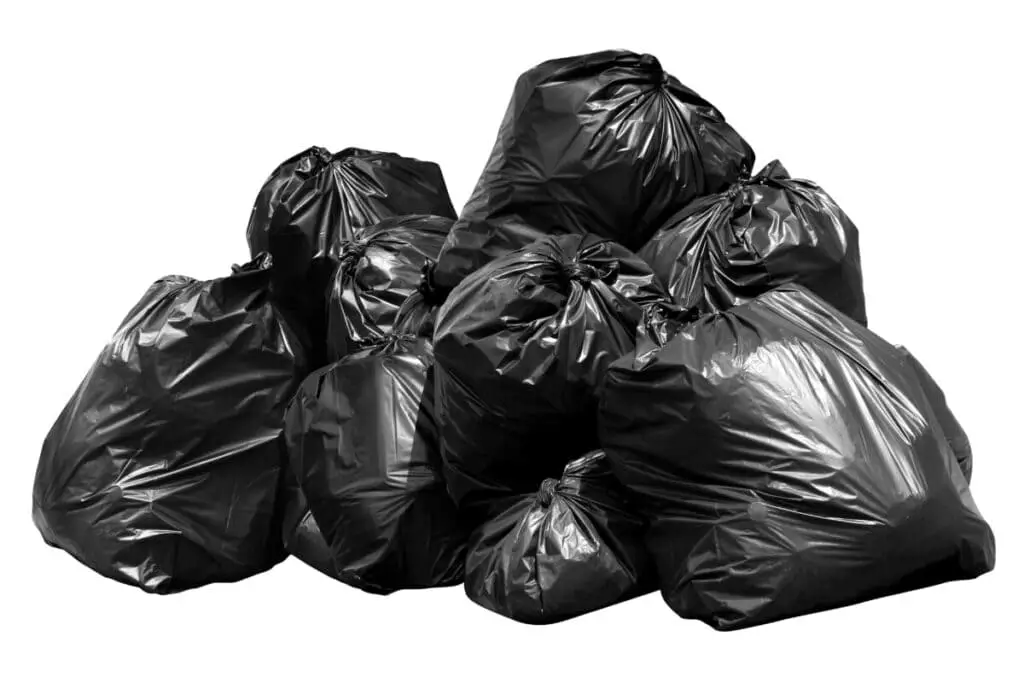
5: Aerosol Cans
Partially full aerosol cans are considered to be hazardous waste, as they have a tendency to explode. Many aerosols are flammable, and this combined with the pressure inside of the can combine to make partially full aerosol cans extremely dangerous for waste management workers trying to process trash.
Empty aerosol cans are, however, entirely safe according to the EPA, and can be recycled just like any other aluminum can. Because of this, Aerosol cans are best disposed of empty, like cleaning materials.
If it isn’t possible for you to empty out a particular aerosol can for some reason, they are accepted at most hazardous waste sites as well.
6: Large Appliances
Like furniture, large appliances such as refrigerators, ovens, or washing machines are mostly difficult to get rid of because they are large. To mitigate this, you have a couple of options.
Many towns and cities have a large trash pick-up day and will pick up big appliances at that time. You will probably need to call to make an appointment and pay a small fee in order for the city to be able to come to make a pick-up. This is probably still the cheapest way to get large appliances disposed of if you don’t have a truck.
Alternatively, you could rent a dumpster. These can usually fit one or two appliances and will be picked up by the waste management company you rented it from when you are done with it.
Finally, if you have the means, you could take the appliance to a waste management plant yourself. This can be dangerous if the appliance isn’t properly tied down, but with some effort, this should be possible.
Refrigerators need to have their coolant fluid drained before they can be processed by waste management plants. Before you take your fridge out, you should call the plant and ask whether they’ll do that for you or if you need to do it yourself.
7: Scrap Wood
Lumber and other wood scraps can be recycled fairly easily. If you have leftover lumber, you can usually have it taken by a wood-waste dealer for a small fee.
If you really need to get rid of some wood, you should first check to make sure that it hasn’t been painted with lead paint, which would need to be dealt with as hazardous waste. As long as it isn’t hazardous it can be taken to the dump like any other trash.
Leftover wood paneling can usually be returned to the retailer for a refund as long as you haven’t damaged it. If for some reason you can’t return it, you might be able to sell it to a reseller for a little less than you paid for it.
You can also take good condition doors and other pieces of wood to resellers to mitigate the cost of whatever project you’re working on.
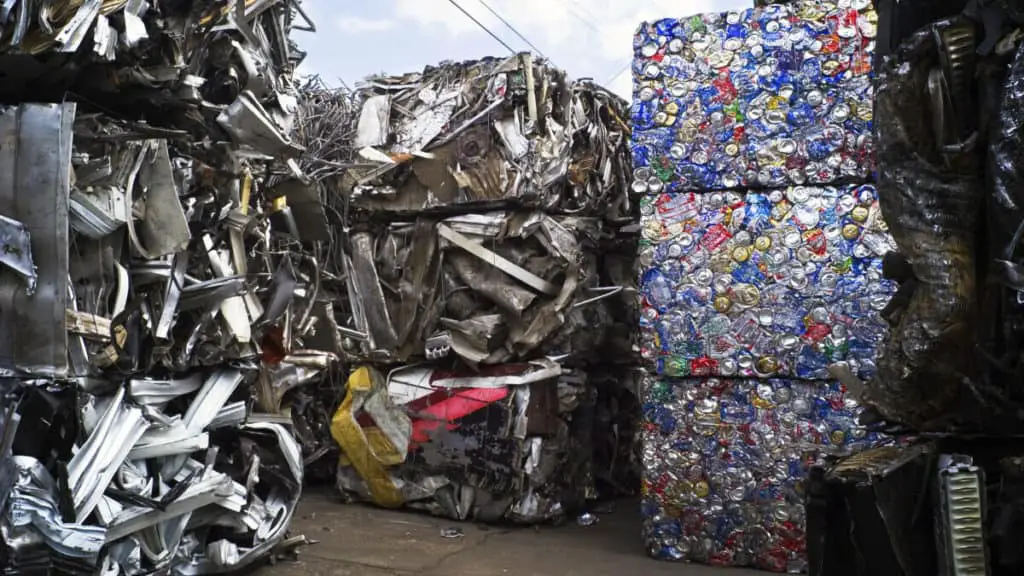
8: Scrap Metal
Scrap metal that isn’t in some way hazardous can usually be sold to a scrap yard for a profit. Most metals can easily be recycled in this way. Metals that can’t include
- Paint cans with traces of paint in them
- Any metal that contains mercury
- Anything radioactive
- Motor oil cans
And other, similar things. These things can’t be recycled no matter what metals they were originally made of.
Taking your scrap metal to a scrap yard not only allows you to make back a bit of money for your trash, but it also keeps that metal out of landfills and circulating in the economy. If there is an easily available scrap yard where you live, this should be your first choice when disposing of scrap metal.
9: Medications
Many medications can be difficult to dispose of, as they can be dangerous for anyone other than the person prescribed to take them. Fortunately, the vast majority of medicines can be safely thrown in the trash without any other steps necessary.
However, drugs that state on the bottle that they should be flushed down the toilet when they are no longer in use should be flushed down the toilet when they are no longer in use. If you aren’t sure whether your medicine is in this category or not, you can check the FDA’s list of medicines that should be flushed down the toilet.
You may also be able to bring unused medicines back to the pharmacy where you got them. You can figure out whether this is the case or not by asking your pharmacist.
If this isn’t an option, local police departments often schedule drug take-back days where you can bring your old medicines to the police and have them dispose of the medications for you.
Finally, if you lack plumbing and your local pharmacy and police departments don’t do take-backs, you can grind up your medicine, mix it with something undesirable to prevent children or pets from getting into it, and put it in a sealable bag before throwing the mixture into the trash. This should prevent wild animals from accidentally hurting themselves on it while going through your trash.
10: Car Parts
Most parts of a car can be recycled fairly simply. Large metal parts can be taken to a scrapyard and sold, while glass windows can be simply recycled the same as any other glass object.
Tires on the other hand can’t be easily recycled, and have steel linings that make it impossible to put them in landfills without risking damage to the landfill’s lining and causing potentially harmful waste to leak out into the soil.
Fortunately, tire shops will usually take old tires off your hands for a small fee and dispose of them on their own. Auto shops will also take old car fluids, which are considered to be toxic waste.
Most car light bulbs can simply be thrown away, but HID headlamps contain mercury and therefore must be taken to a hazardous waste site.
11: Light Bulbs
Most light bulbs can be thrown in the trash, but fluorescent bulbs contain mercury and are hazardous waste. LEDs also contain toxic materials such as lead and arsenic and should be disposed of at hazardous waste sites.
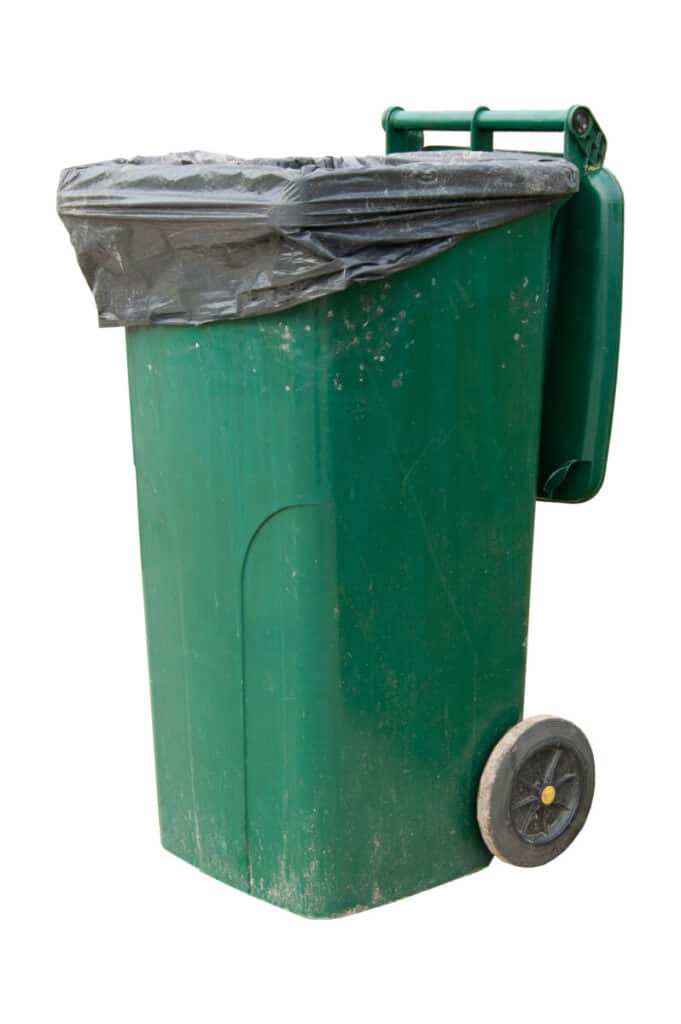
Related Topics:
If you like the article above, here are some other similar articles you should check out!
Disposing of an Air Compressor
